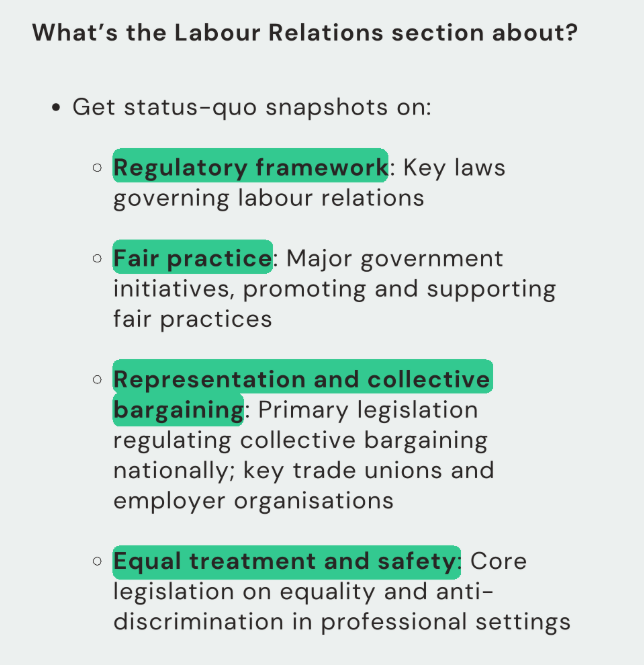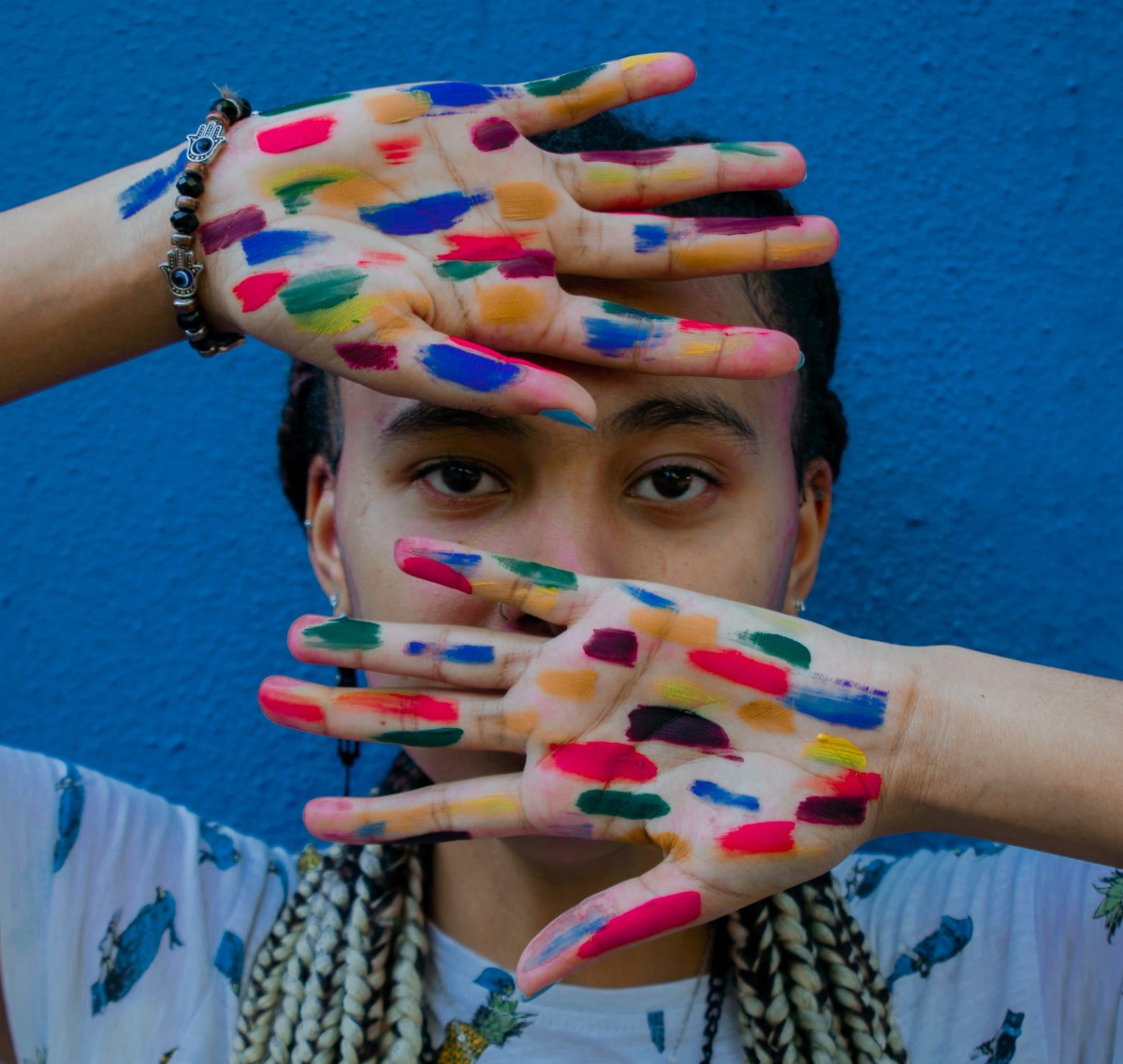The labour relations for artists across European Union countries reveal a complex and diverse landscape of support and recognition. Approximately 18 countries have established dedicated social security provisions for artists, while 13 have implemented special tax regimes specific to artistic income. The coverage and support for artists vary across different art sectors, too. For example, performing and audiovisual artists tend to benefit more from social security systems than people in the fine arts.
These and many more details sketching the legal and administrative map of the 27 countries of the European Union are available in the updated section about labour relations of the “This is How We Work” tool, which we proudly present.

In the year to come, other sections will be updated on the platform, namely on 'Learning and Skills' and 'Artistic Freedom', aiming to provide the reader with a full and detailed overview of the working conditions artists and creative professionals are dealing with across the EU.
The tool was launched in November 2023 in cooperation with the European Commission and as a follow-up to the report by the OMC group of experts on the status and working conditions of artists and cultural professionals. It is an essential resource for informed debates on policy and legislation exchange and peer-to-peer learning among stakeholders and policy-makers in advancing this complex yet vital area.
The importance of the platform lies in its unprecedented ability to provide a comprehensive, pan-European perspective on artists' working conditions by offering real-time snapshots of diverse policy landscapes across all 27 EU member states. By systematically documenting and comparing regulatory frameworks, sector initiatives, and social support mechanisms, the platform enables decision-makers to gain a nuanced understanding of the complex challenges facing cultural professionals.
This holistic approach facilitates informed debates, allows for tracking legislative changes, and creates a robust mechanism for peer-to-peer learning, ultimately empowering policymakers to develop more responsive, innovative, and harmonised support strategies for artists across the European Union.









